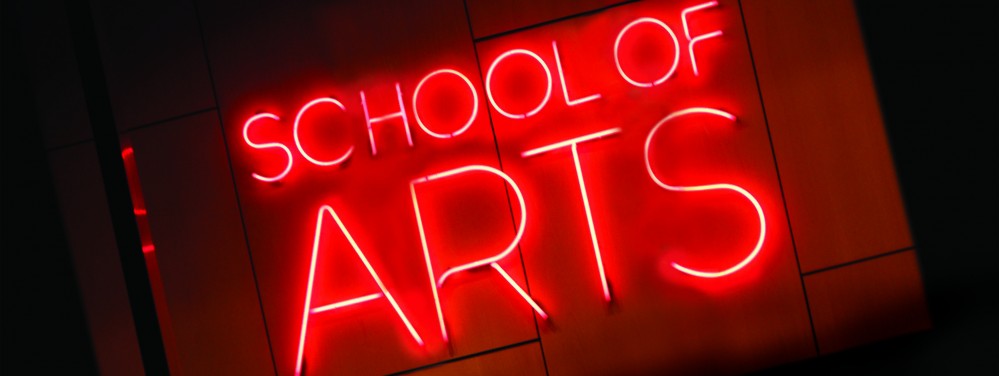We have some exciting Film research events coming up this term! Not to be missed!
with Professor Richard Neupert, Professor in Film Studies, University of Georgia
Wednesday 4th February 2015, 5pm-7pm
By definition, sound in animation is always a special effect that raises unique issues regarding verisimilitude, narrative space, and spectatorship. The analysis of sound design in animation also provides a valuable test of new work in neurocinematics for the ways in which we process and comprehend images and sounds into a unified perceptual experience even though we know them to be false and inauthentic. This presentation demonstrates how pertinent Canadian and British animation, including work by Norman McLaren, Caroline Leaf, Derek Lamb, and Aardman, challenges and informs our perception and comprehension of sound and its effects for animation and mental processing. Richard Neupert is Charles H. Wheatley Professor of the Arts and Josiah Meigs Distinguished Teaching Professor in Film Studies at the University of Georgia. His books include The End, A History of the French New Wave Cinema, and French Animation History, as well as translations ofAesthetics of Film (Aumont…) and The French New Wave (Marie). Current projects are a forthcoming book on John Lasseter and the rise of Pixar style as well as fMRI research on the brain, movie trailers, and emotion.
Location
Keynes Lecture Theatre 6,
Keynes College,
The University of Kent,
Canterbury,
Kent,
CT2 7NP
United Kingdom
Map
Details
Open to All, Free
with Dr Johnny Walker, Lecturer in Media, University of Northumbria
Wednesday 18th February 2015, 5pm-7pm
The Curse of Frankenstein in 1957, the sobriquet ‘Hammer Horror’ has, for many, become synonymous with British horror cinema. Known the world over for its Gothic horror films ‘set in a dislocated but quintessentially Victorian hinterland’, Hammer enjoyed box office success throughout the 1950s and 60s with this ‘distinctive generic style’ (Meikle 2009: xiii). As David Pirie notes, it was Hammer’s penchant for an ‘English Gothic’ modality—at least until its closure in 1979—which helped position it as the main producer of British horror cinema: ‘the only staple cinematic myth which Britain can properly claim as its own, and which relates to it in the same way as the western relates to America’ (Pirie 2008: xv). In light of these grand claims and Hammer’s alleged centrality to the cultural purity of the genre in Britain, this paper will explore how Hammer attempted to reintegrate itself into the horror movie mainstream as a major transnational brand between the release of its first contemporary films, including Beyond the Rave in 2009 and The Resident and Wake Wood in 2010, to its higher-end productions of recent years such as Let Me In, The Woman in Black and The Quiet Ones. Having briefly considered the factors that led to the company’s rebirth—including the numerous company handovers between 1979 and 2007—the paper will argue that the company’s perceived centrality to British cinema history and nationally specific discourses of horror cinema ultimately proved inconsequential to its various developments in the 2000s and 2010s.
Johnny Walker is a Lecturer in Media at Northumbria University. He is the author of Contemporary British Horror Cinema: Industry, Genre and Society (Edinburgh University Press, in press), and the co-editor of Snuff: Real Death and Screen Media (Bloomsbury, 2015). He is also one of the founding editors of the new Bloomsbury book series, Global Exploitation Cinemas, which will launch with two books in 2016.
Location
Keynes Lecture Theatre 6,
Keynes College,
The University of Kent,
Canterbury,
Kent,
CT2 7NP
United Kingdom
Map
Details
Open to All, Free
with Dr Laura Rascaroli, University College Cork
Wednesday 25th February 2015, 5pm-7pm
The most distinctive gesture of the essay film, I argue, is that of locating itself within in-between spaces, of articulating its thinking in interstices. The interstice on which I focus in this paper is one shaped by sound. In proposing an understanding of essay film’s soundscape that does not stop at voiceover, but extends to all the elements of a complex environment made up of speech, music, sounds, noise, and silence, I move beyond the traditional logocentric approach to the essay film and explore the disjunctive interstice of the Deleuzian sound image. Through a reading of Pier Paolo Pasolini’s political essay Rage (1963), in comparison with Santiago Álvarez’s Now (1964) and Erik Gandini’s Surplus: Terrorized into Being Consumers (2003), I examine concepts of dissonance and of the Neutral, and engage in particular with musical queering as a form of protestation.
Laura Rascaroli is Senior Lecturer and Codirector of Film and Screen Media at University College Cork, Ireland. She has published several monographs, including The Personal Camera: Subjective Cinema and the Essay Film (Wallflower/Columbia UP, 2009), which recently appeared in Chinese translation (BeePub, 2014); as well as three collections among which Antonioni: Centenary Essays (BFI/Palgrave, 2012), coedited with John David Rhodes. She is general editor of Alphaville: Journal of Film and Screen Media. Her forthcoming monograph How the Essay Film Works: Art of Gaps will be published by Oxford UP.
Location
Keynes Lecture Theatre 3,
Keynes College,
The University of Kent,
Canterbury,
Kent,
CT2 7NP
United Kingdom
Map
Details
Open to All, Free

